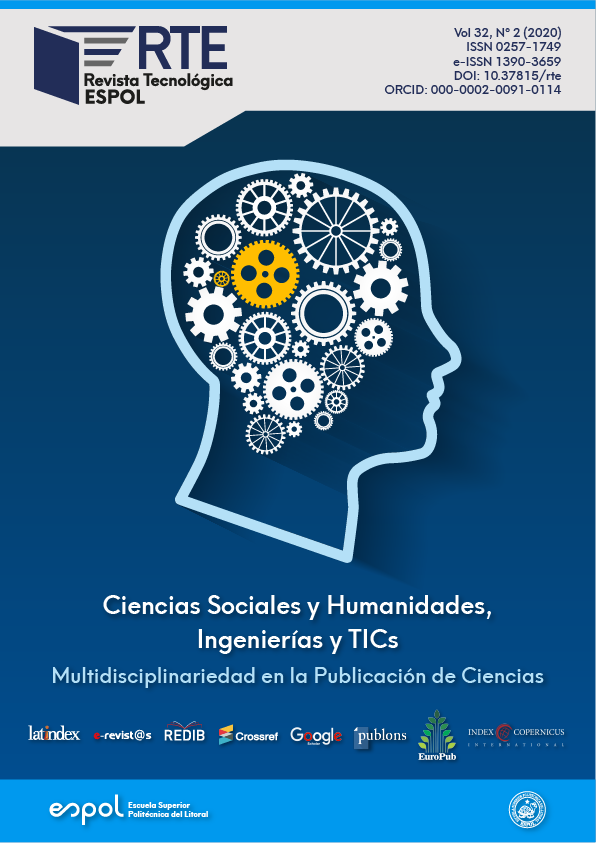En la actualidad, el internet es una de las principales fuentes de información que acceden los padres de niños y niñas con Trastorno del Espectro Autista (TEA), o que sospechan que sus hijos lo puedan tener. Esta situación hace relevante la existencia de sitios web que ofrecen información a los padres y brindan ayuda en el proceso de acompañamiento de su familiar con TEA. En este artículo se analiza una propuesta de diseño de un sitio web para Autismo Ecuador, una organización que trabaja en beneficio de las personas con TEA y sus familias. Esta organización es una de las pocas en el país que cuenta con una página web, sin embargo, no está actualizada. La propuesta, presenta un estudio del diseño gráfico y su aplicación en el desarrollo de un sitio web estructurado y adaptativo para poblaciones involucradas con TEA, con el fin de otorgar mayor visibilidad e imagen comunicacional a Autismo Ecuador. La investigación ofrece un enfoque pragmático a través del diseño, se aplican herramientas cualitativas para el análisis y recolección de datos, con estrategias de Diseño Centrado en el Usuario. Inicia con técnicas como Design Thinking, etnografía y antropología visual, entrevistas y grupos focales, para recopilación de la información. Los resultados del análisis se toman como base para la maquetación y obtención de un diseño bien estructurado y pensado en el usuario. Un diseño previo a su implementación muestra la funcionalidad de un sitio web visualmente atractivo, con un elevado nivel comunicacional y aspectos adaptativos para su uso hasta en dispositivos móviles.

Esta obra está bajo una licencia internacional Creative Commons Atribución-NoComercial-SinDerivadas 4.0.







